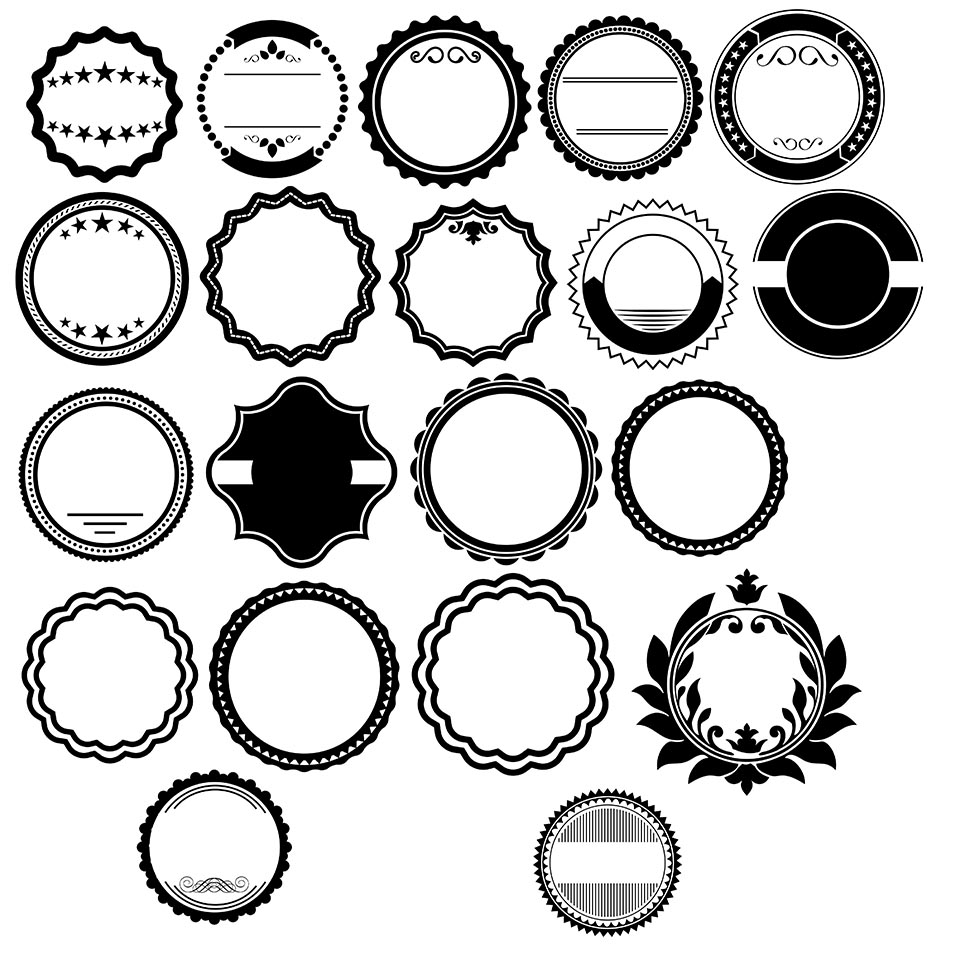Optimizing a website’s user flow is crucial for creating an engaging and efficient user experience. Effective UI/UX design plays a pivotal role in this process, helping to guide users seamlessly through a website while meeting their needs and expectations. In this blog, we will explore strategies to enhance user flow through effective UI/UX design, ensuring your website is both user-friendly and efficient.
Understanding User Flow
User flow refers to the path that users follow when navigating a website. It encompasses all interactions from the moment they land on a site until they complete their desired action, such as making a purchase, signing up for a newsletter, or simply finding information. Optimizing this flow is essential for reducing friction and improving overall user satisfaction.
Effective UI/UX design can significantly impact user flow by making navigation intuitive, interactions smooth, and content easily accessible. By focusing on these aspects, users can be guided naturally and efficiently through the website, leading to a more enjoyable and productive experience.
The Role of Effective UI/UX Design in User Flow
Effective UI/UX design ensures that the user’s journey is coherent and user-centric. Here’s how UI/UX design services impacts user flow:
Streamlining Navigation
One of the fundamental elements of effective UI/UX design is streamlined navigation. Users should be able to find what they are looking for quickly and effortlessly. Clear and logical menu structures, well-placed calls to action, and intuitive links contribute to a seamless navigation experience.
Navigation should be consistent throughout the website. Menus, buttons, and links must be placed in predictable locations to reduce confusion. For instance, a primary navigation bar at the top of each page helps users easily access the main sections of the site.
Optimizing Page Layout
The layout of a webpage affects how users interact with the content. Effective UI/UX design focuses on creating layouts that guide users through the page naturally. Key elements should be placed where users expect to find them, such as placing the most important content or call to action above the fold.
White space and visual hierarchy are also essential. Adequate spacing between elements prevents overcrowding, making the page easier to scan and read. A well-structured layout helps users process information efficiently and maintain focus on the task at hand.
Enhancing Visual Design
Aesthetic appeal contributes to a positive user experience. Effective UI/UX design incorporates visually pleasing elements that align with the brand’s identity while facilitating user interactions. Consistent color schemes, typography, and imagery help create a cohesive and professional look.
Visual design elements such as buttons, icons, and images should be easily recognizable and provide clear cues about their function. For example, a shopping cart icon should intuitively suggest that it leads to the user’s cart.
Improving Load Times
Website performance is a critical aspect of user flow. Slow-loading pages can frustrate users and lead to higher bounce rates. Effective UI/UX design involves optimizing images, minimizing code, and leveraging caching techniques to ensure fast load times.
Regular performance testing can identify bottlenecks and areas for improvement. A well-optimized website not only enhances user flow but also contributes to better search engine rankings and overall user satisfaction.
Facilitating Mobile Responsiveness
With the increasing use of mobile devices, ensuring that your website is mobile-friendly is essential for optimizing user flow. Effective UI/UX design includes creating responsive layouts that adapt to various screen sizes and devices.
Mobile-responsive design involves adjusting content, navigation, and interactive elements to ensure they work well on smaller screens. Touch-friendly buttons and easy-to-read text enhance the mobile user experience and contribute to smoother navigation.
Simplifying Forms and Checkout Processes
Forms and checkout processes are critical touchpoints in user flow. Complicated or lengthy forms can deter users from completing their goals. Effective UI/UX design focuses on simplifying these processes by minimizing the number of fields, providing clear instructions, and using progress indicators.
Features such as auto-fill, error validation, and the ability to save progress can also enhance the user experience. Ensuring that forms and checkout processes are straightforward and efficient encourages users to complete their tasks successfully.
Incorporating User Feedback
User feedback is invaluable in optimizing user flow. Effective UI/UX design involves gathering feedback through surveys, usability tests, and analytics to understand user behavior and preferences. This data can provide insights into areas where users may be experiencing difficulties or frustration.
Iterative design improvements based on user feedback help address pain points and enhance the overall user experience. By continuously refining the design based on real user input, the website can better meet user needs and expectations.
Ensuring Accessibility
Accessibility is a key aspect of effective UI/UX design. A website should be designed to accommodate users with various disabilities, ensuring that everyone can navigate and interact with the site comfortably. This includes providing alternative text for images, using accessible color contrasts, and ensuring keyboard navigability.
By adhering to accessibility standards and guidelines, the website can offer an inclusive experience for all users. Accessibility improvements not only benefit users with disabilities but also contribute to a more user-friendly and functional website overall.
Implementing Effective UI/UX Design Strategies
To optimize your website’s user flow through effective UI/UX design, consider the following strategies:
Conduct User Research
Understanding your target audience is essential for designing an effective user flow. Conduct user research to gather insights into user needs, preferences, and behaviors. This research will inform design decisions and help create a user-centered experience.
Create User Personas
User personas represent different segments of your target audience. Creating detailed personas helps designers understand various user needs and design with their specific goals in mind. Personas guide decisions on navigation, content layout, and overall design.
Develop Wireframes and Prototypes
Wireframes and prototypes are valuable tools in the design process. Wireframes provide a basic layout and structure, while prototypes offer interactive previews of the design. These tools help visualize and test user flow before final development.
Test and Iterate
Regular testing is crucial for optimizing user flow. Conduct usability tests to observe how users interact with your website and identify areas for improvement. Iterative design allows for continuous refinement based on testing results and feedback.
Monitor Analytics
Website analytics provide valuable data on user behavior and interactions. Monitor metrics such as bounce rates, click-through rates, and conversion rates to assess user flow effectiveness. Use this data to make data-driven design decisions and optimize user experience.
Partnering with Professionals
For businesses seeking to optimize their website’s user flow through effective UI/UX design, partnering with professional UI/UX design services can provide expert guidance and support. Experienced designers can help implement best practices, create user-centered designs, and ensure that your website meets the highest standards of usability and performance.
Effective UI/UX design is essential for creating a seamless and engaging user experience. By focusing on navigation, layout, visual design, performance, mobile responsiveness, and accessibility, you can optimize your website’s user flow and achieve better results. Implementing these strategies will not only enhance user satisfaction but also contribute to achieving your business goals and driving success.
In conclusion, optimizing your website’s user flow through effective UI/UX design is a crucial step in delivering a positive and productive user experience. By understanding user needs, creating intuitive designs, and continuously improving based on feedback and analytics, you can ensure that your website provides a seamless journey for its users.




